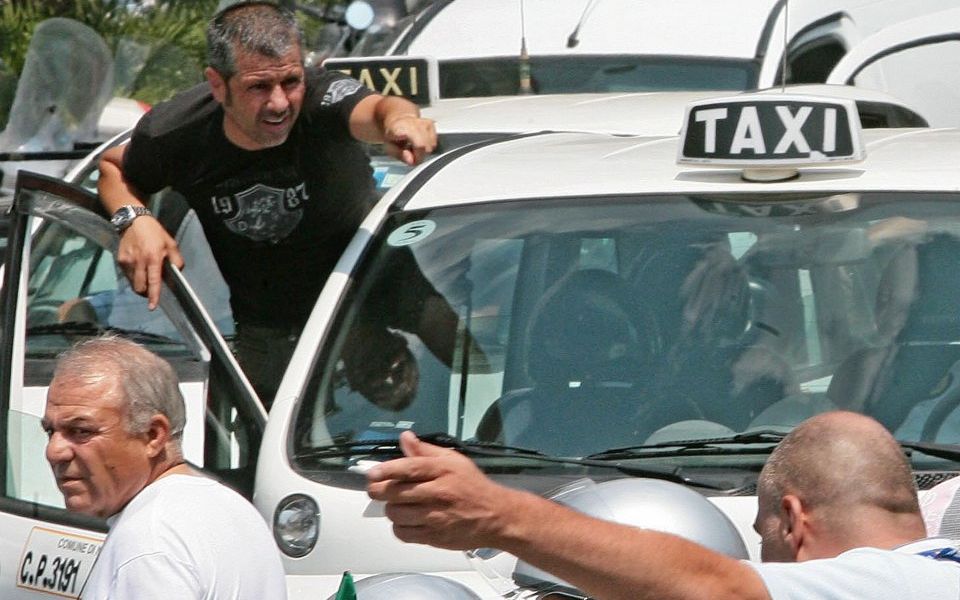London mayor Sadiq Khan should park the cap on taxis – it’s actually TfL licensing that is clogging up our roads

Congestion is snarling up London, and Sadiq Khan is right to be worried. Traffic speeds are now well into horse and cart territory.
In the morning peak, passengers on the route 15 bus between Tower Hill and Charing Cross are now down to crawling along at an average of 4.2mph.
The number of private hire vehicles has surged by 70 per cent since 2012, and this has undoubtedly contributed to the congestion problem facing the capital.
Read more: Sadiq Khan tells government: Give me the power to limit number of cars
More taxis on the streets might be a boon to Londoners, but there’s also growing concern as to whether drivers in London can still earn a decent living with so many rivals on the road.
In response to similar issues in the US, New York is to experiment with a cap on vehicle licences. Officials hope that cutting the supply of new vehicles will prompt existing drivers to spend less time idling, and more time working.
The Mayor of London is asking for the power to do something similar. But instead he should really be focusing on addressing why he’s faced with so many drivers competing for fares in the first place.
It’s ultimately about costs.
Private hire drivers have major upfront costs, but uncertain earnings. That creates huge pressure for drivers to be out on the roads.
One of the biggest upfront costs is insurance – a year’s cover can be upwards of £4,000.
Add that to all the other costs like vehicle repayments and the new English language tests from Transport for London (TfL), and it’s not unsurprising that many drivers feel forced to be out there day and night, regardless of whether there’s really demand for fares.
Many drivers would like to work part-time, but given the huge cost base, that’s almost a pipedream in financial terms.
Clearly, a cap on new licences isn’t going to do much to improve their lot.
What would make a difference is enabling taxis to work part-time, with part-time insurance.
Such insurance exists. But the problem is, TfL’s licensing system only allows drivers to license in London with annual cover. The result is a powerful disincentive for drivers to work part-time hours. Drivers are effectively forced into maximising their working hours to service the fixed cost of an annual policy.
This has a clear impact on the number of vehicles operating on London’s roads at any given moment in time, as drivers need to cover a high fixed cost, clogging up the roads in the process. And it is TfL’s very licensing procedure that is ironically creating this scenario.
Even worse, especially for a driver that only wishes to work part-time, there is a powerful incentive to seek to operate without insurance – with the obvious risk to public safety as a result.
As chairman of TfL, the Mayor of London could change this situation overnight by allowing taxis to use pay-as-you-go insurance (PAYG), just as their counterparts in other sectors already can.
The products exist, and they work.
PAYG insurance encourages part-time working and gets unnecessary vehicles off the streets when the demand from Londoners isn’t there. It makes the cost of insurance proportional to earnings. And it also means that there’s no excuse for uninsured vehicles in a commercial setting.
Through better licensing, the Mayor has the opportunity to drive a shift in taxis towards part-time work. That would reduce unfair costs to drivers, cut congestion. and create a taxi market that properly responds to the needs of Londoners. And all without experimenting with a cap.
Read more: Uber settles sexual harassment claims for $1.9m